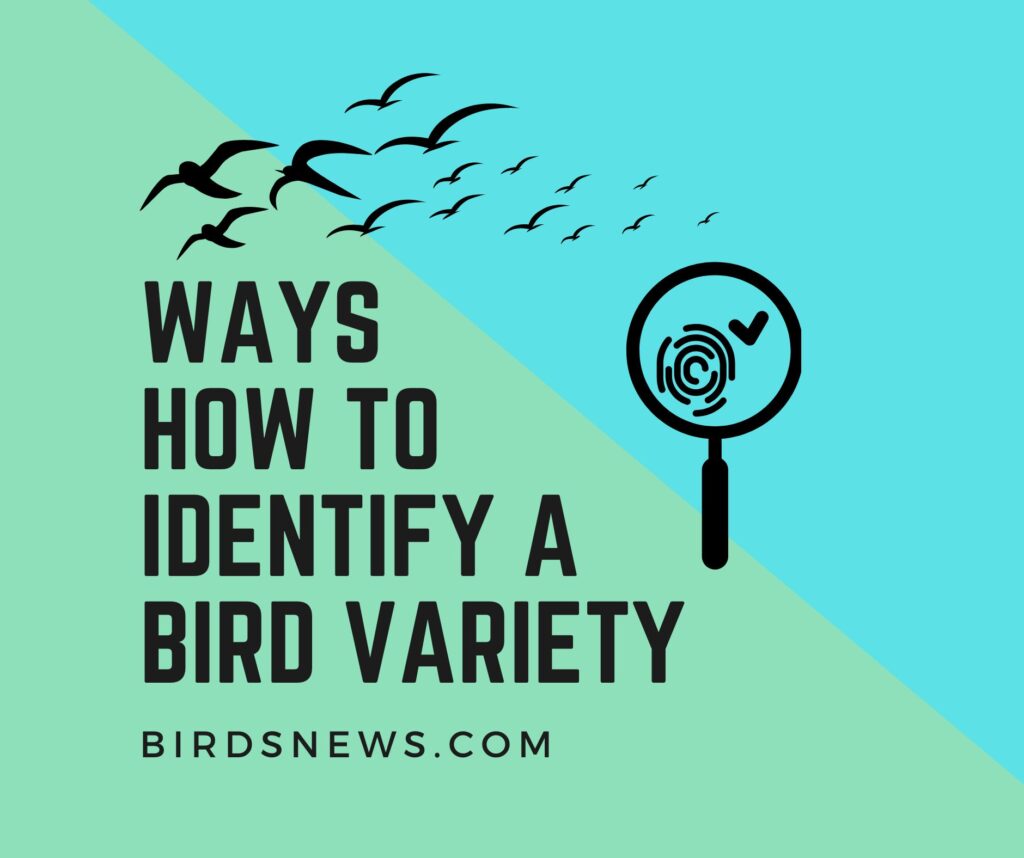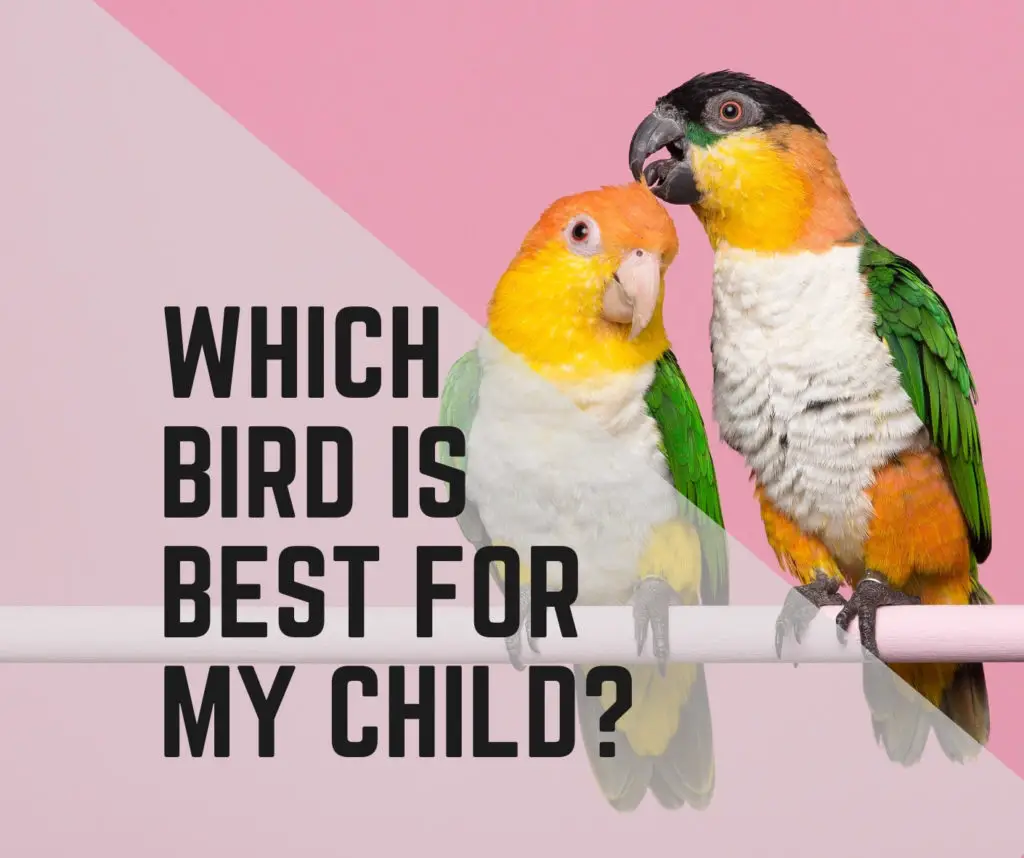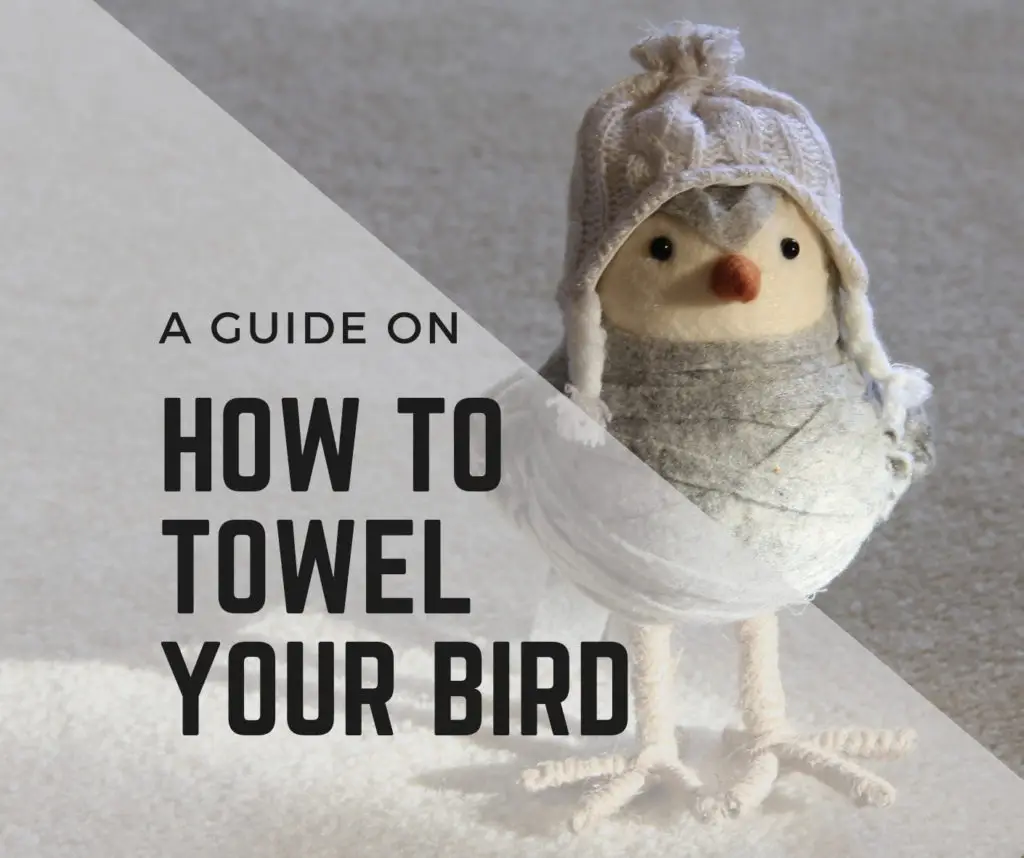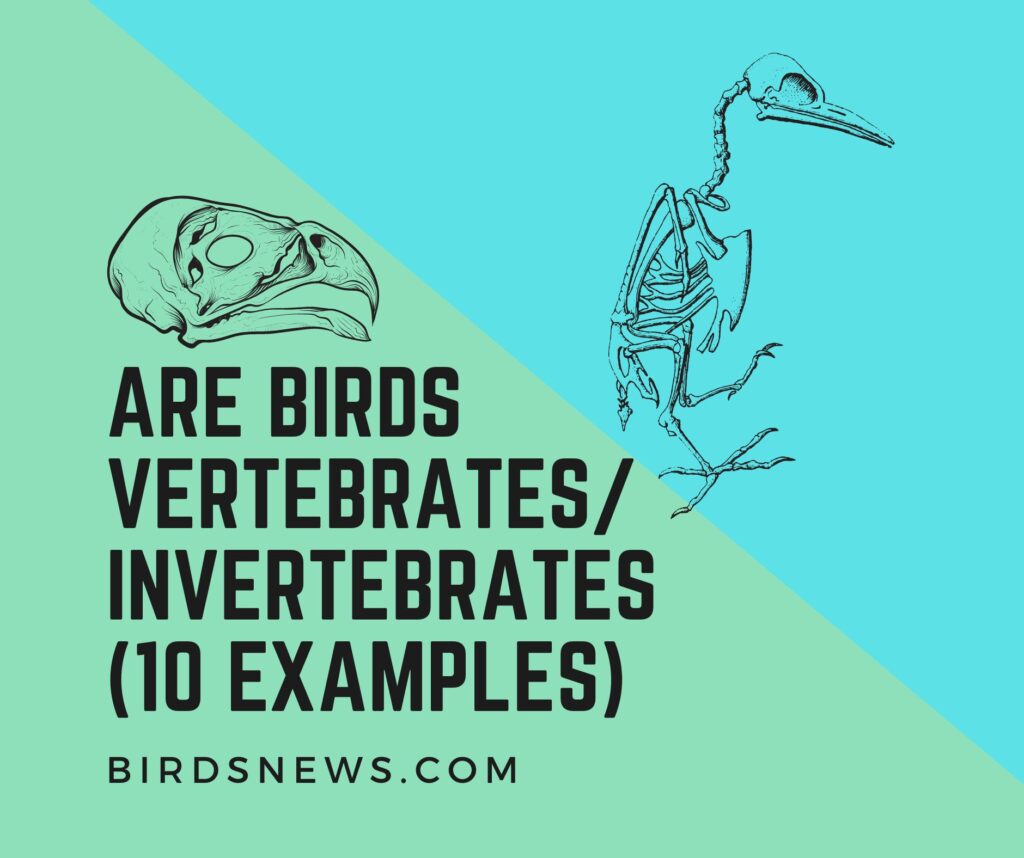It is hard to identify the variety if you are birding for the first time. With more than 11,000 bird species identified and described, it is only the different characteristics that help in the identification of species. Observing shape, size, posture, and way of flying can help individuals learn about different bird species and their characteristics.
Knowing a few simple tricks can make learning about different bird varieties easier. This article is an introduction to a series explaining how to identify different bird species.
Before you judge a bird by its color, use these clues and tricks to guide you.
1) Shape, Size, and Structure
A bird’s shape is what helps you keep the species in the right group. Practically no two species share the same shape despite how closely they are related. Some are long, some round, some spherical, some with a long tail, whereas others with a crest.
Similar to shape, size is another reference point of view as well. The Bird’sBird’s size is the measurement from the bill-tip to the end of the tail. Two or multiple birds belonging to the same or different species can be of exact similar size. However, this makes size tricker judge than shape.
In addition, the structure is another crucial factor that helps in identifying a bird’s variety. For example, aquatic birds have different structures than flying and land birds.
2) Coloring, Pattern, and Field Marks
Other noticeable fields for identifying a bird variety are color, pattern, and physical marks. Take a look at visible spots or flashes of colors and physical marks such as bars/stripes, patterns, or streakings. Some birds have a colored throat; some have hues of shades on their head and breast.
However, be mindful and remember that colors and markings may appear different in various lights and during different times of the year. For instance, during late Spring, some birds have colorful breeding plumage. However, the same Bird will flaunt winter plumage from November to February.
Similarly, some birds may have different colors and patterns for vivid years of their lifetime. For example, bald eagles get their signature black body and white head only after they turn 7 or 8. Until then, the juvenile bald eagle has mottled brown plumage, and one can confuse its identity with a colored golden eagle (due to color but not shape and size).
3) General Behaviour
Over 11,000 bird species and each of them has different sets of behavior and actions. Species and species groups may depict different behavioral characteristics, which comes as a useful aid during identification.
For example, some birds will wade in the water, some will hope in the ground, and some will fly high in the sky. Try to observe how the Bird moves; does it walk to navigate a short distance, or does it fly even to catch a worm? Is the Bird shy, or does it love dancing in the rain? Some can be aggressive, whereas others can prove friendly to every safe person.
Different behavior points can help in identifying the bird variety. Try noticing everything you can and pay attention to subtle details in their behavior.
4) Range and Habitat
Where you are present decides which bird species you may likely see. Is it a grassy plain, a marsh, an oak woodland, a coastal stretch, a mountain top, or a conifer forest? It is less likely to find a great blue heron on a mountain top or a desert-adapted roadrunner on a coastal stretch.
Birds usually are only found in their habitat until they are migratory. During the migration period, they will likely wander outside their typical habitat. However, for maximum birds, habitat is one fine clue.
5) Voice and Sounds
The most common method to identify bird variety is through Voice. We generally hear birds more than we see them. By learning bird calls in your area, you can directly identify the species.
For instance, a Cuckoo has a sweet and melodious voice, whereas Crows have a rough and blunt voice.
You can also learn about Bird’s Voice through Youtube videos and audio.
6) Wings, Tails, Bills, and Beaks
Different birds have different types of wings, tails, bills, and beaks. Some have long feathers; some have thick fluffy ones. Similarly, bird tails can be of different lengths and thicknesses.
In addition, Bird’s bills and beaks have different designs that help them with a specific method of feeding.
7) Seasons and Migrations
Bird Species are predictable with seasons. However, not all birds are seen throughout the year, and therefore the seasonal occurrence of species can help identify the species.

Easy Ways to Identify a Bird Variety
Identifying a Bird Variety happens with collective efforts. No single trick can help in knowing the true bird species quickly and easily. Now once you are familiar with the above identification points, here are a few ways/ methods you can follow:
- While you are struggling to identify a bird, practice consciously. Daily research and real-time observation help in precise identification.
- Another trick suggests that going closer makes things better. Without scaring away the Bird, observe it closely but within a safer distance.
- Learn to identify the most common and local birds first.
- Focus on identifying one Bird at a time instead of getting confused between multiple varieties.
- Use Binoculars for dramatically closer observation of birds.
- Always take down notes while you are on the way to learning about a new bird species.
- Remember, Beak, Creast, and Crowns are the most useful features while identifying a bird variety.
- A male and female bird from the same species can be different, thus focusing on gender as well.
- Avoid getting fixed in extremely tiny details, or you will end up in great confusion.
- Make sure you are using your ears as much (or even more) as your eyes.
- Use Habitat and Season tips for easier identification.
- Set up a Bird Feeder and Bird Baths in your garden to get naturally closer to the birds.
- Consider visiting a Bird Sanctuary, Zoo, or National/ State Park to learn about different bird varieties.
- Join groups with other bird lovers and bird enthusiasts.
- Click pictures and try identifying them with Google images or with other tools.
- Check the Bird Identification website and use online data to learn about local species in your area.
Wrapping up…
You won’t be able to identify bird variety until you indulge in bookish and real-time analysis about them. Experts advise observing different Bird Species for a few days first. Taking the guide and trying to identify them immediately can lead to confusion. It will further result in frustration.
Whether you’re a beginner or have intermediate-level knowledge, the most important key to Bird identification is ‘Practicing’. It won’t just bring you knowledge but enjoyment as well.

Hi, There and Welcome to BirdsNews.com, is here to help you learn and care about pet birds. and this blog is a journal of everything I’ve learned.







